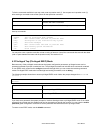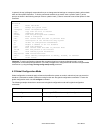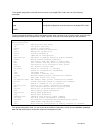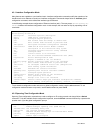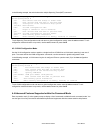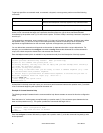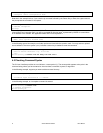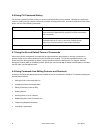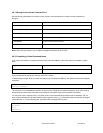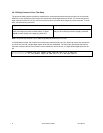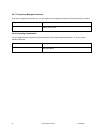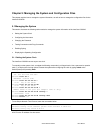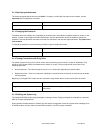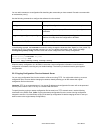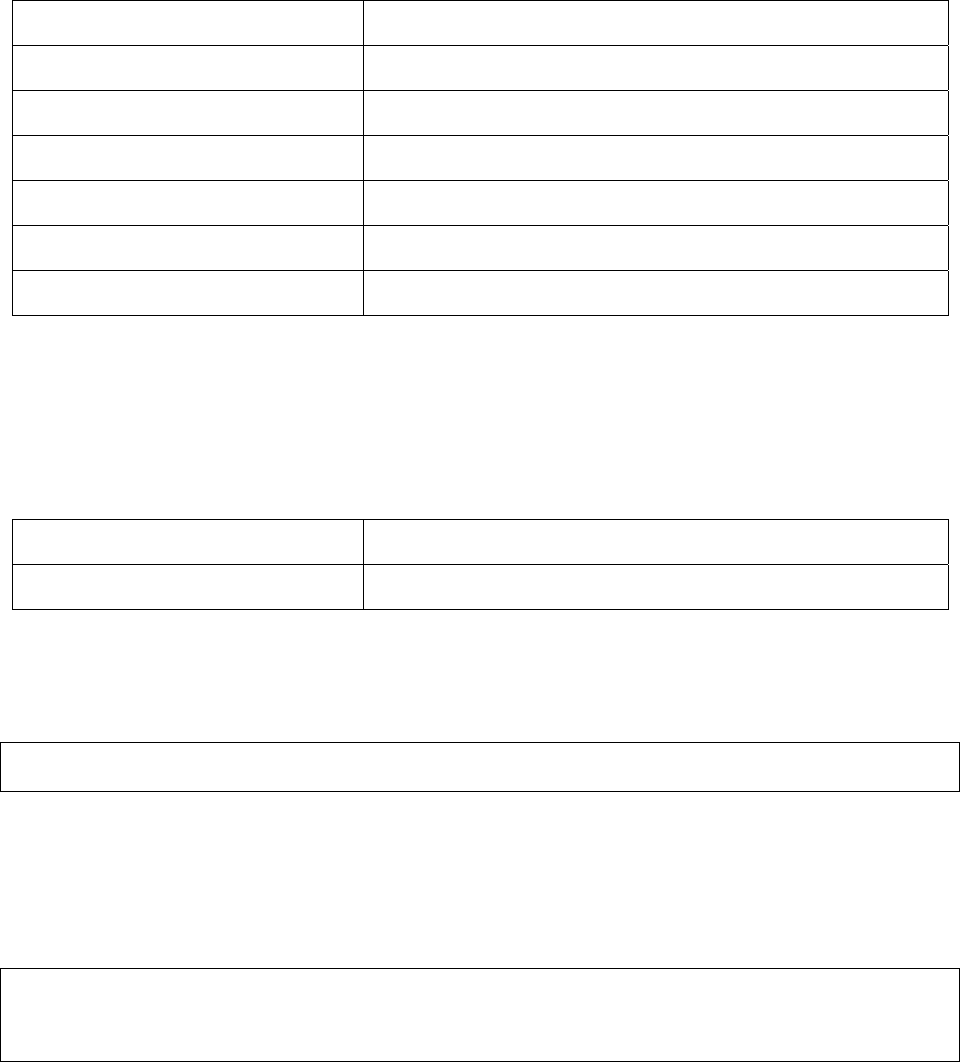
4.8.1 Moving Around on the Command Line
Use the following keystrokes to move the cursor around on the command line in order to make corrections or
changes:
Keystrokes Purpose
Press Ctrl-B or the left arrow.
Move the cursor back one character.
Press Ctrl-F or the right arrow.
Move the cursor forward one character.
Press Ctrl-A.
Move the cursor to the beginning of the command line.
Press Ctrl-E.
Move the cursor to the end of the command line.
Press Esc B.
Move the cursor back one word.
Press Esc F.
Move the cursor forward one word.
Note: The arrow keys function only on ANSI-compatible terminals such as VT100s.
4.8.2 Completing a Partial Command Name
If you cannot remember a complete command name, press the Tab key to allow the system to complete a partial
entry.
Keystrokes Purpose
Enter the first few letters and press Tab.
Complete a command name.
If your keyboard does not have a Tab key, press Ctrl-I instead.
In the following example, when you enter the letters “conf” and press the Tab key, the system provides the complete
command:
Switch# conf<Tab>
Switch# configure
The command is not immediately executed, so that you may modify the command if necessary. If you enter a set of
characters that could indicate more than one command, the system simply lists all possible commands.
You may also enter a question mark (?) to obtain a list of commands that begin with that set of characters. Do not
leave a space between the last letter entered and the question mark (?). For example, three commands in privileged
mode start with co. To see what they are, type co? at the privileged EXEC prompt:
Switch# co?
configure
copy
Switch# co
33 Asante IntraCore IC36240 User’s Manual



